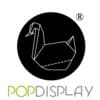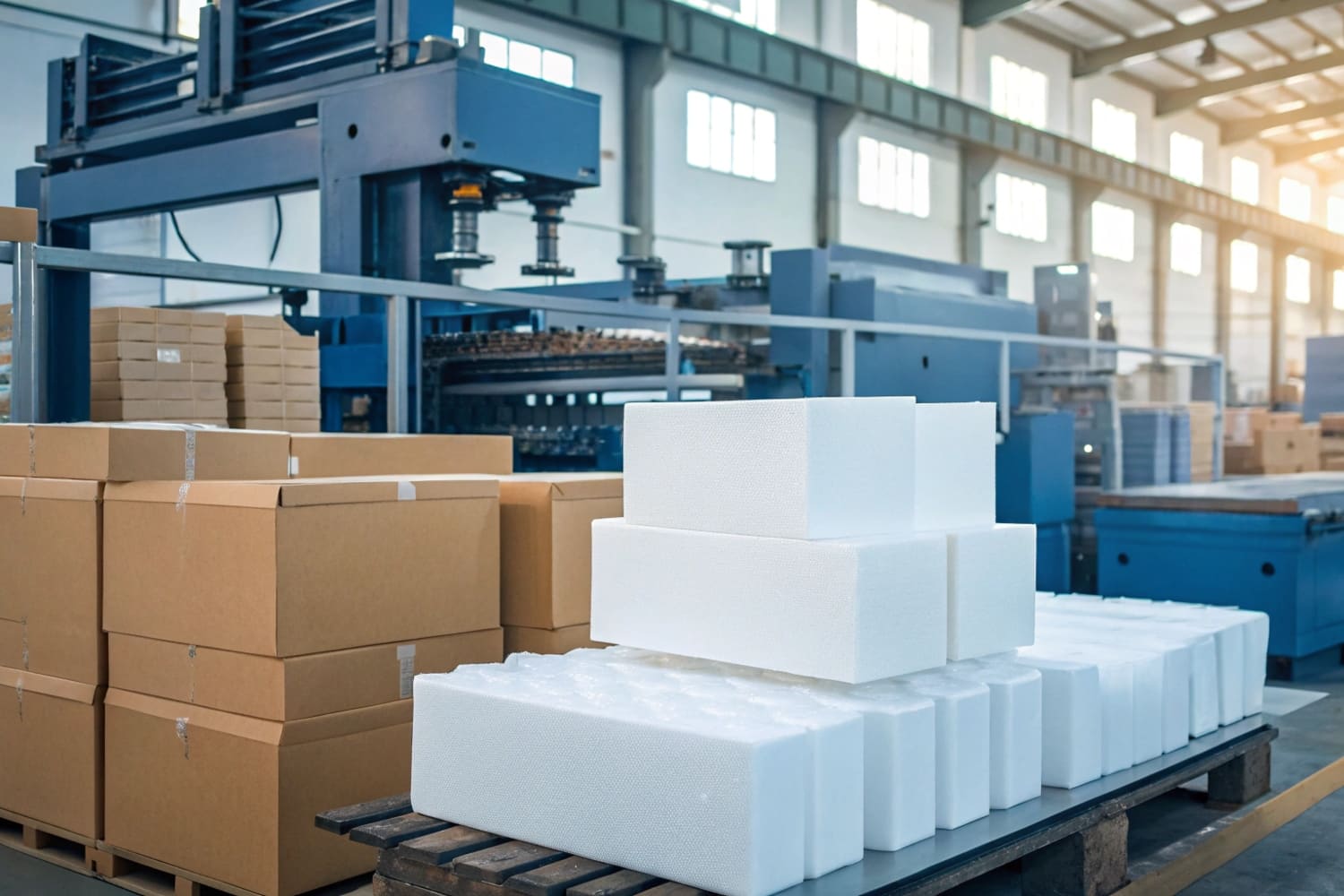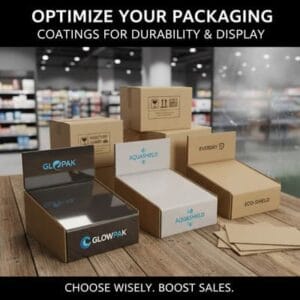I see brands waste money on broken goods. Deadlines slip. Stores complain. I fix this with better inserts. I keep the rules simple. I share them here.
For most factories, the minimum order quantity for custom foam inserts starts at 200–500 sets for die-cut EVA or EPE, and 500–1,000+ for molded foam; small-batch CNC or laser runs can start from 50–100 sets but with higher unit cost.
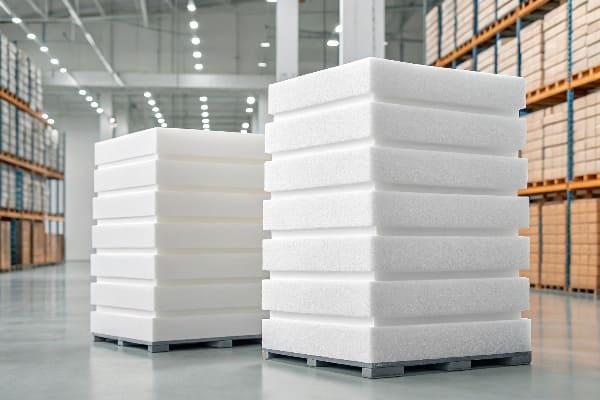
I use these ranges in real projects. I build displays and protective packs for retail launches. When a buyer asks me for “just 100,” I show true costs, lead time, and risk. Then I size the order right.
What is the minimum order quantity for wholesale?
I know wholesalers want clean price breaks. Buyers want simple numbers. Operations wants stable loads. I set MOQ with math, not hope.
In wholesale, realistic MOQ for custom foam inserts is 500–1,000 sets for stable pricing, with best cost tiers at 2,000–5,000; below 500 is possible but adds setup, waste, and freight penalties.
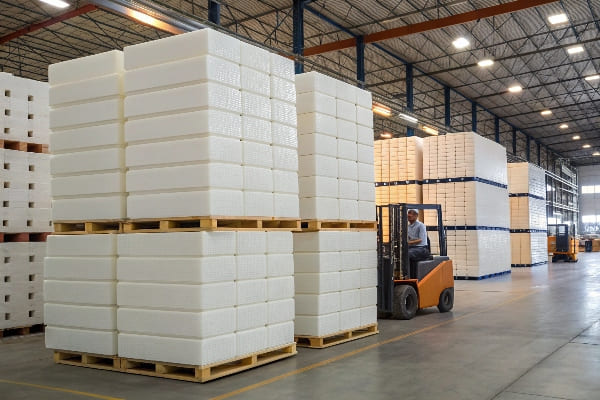
Why wholesale MOQ1 settles where it does
I run three lines. I plan shifts around cutting time, kitting, and final packout with our cardboard displays. My MOQ must cover setup loss, blade wear, jig swap, QA, and carton count. Below 500 sets, every minute hurts margin. Scrap rate rises because material sheets do not fit small batch nesting well. Freight is worse. A half-empty pallet costs like a full one. At 2,000 sets, the nesting improves, waste drops, and I can lock a steady crew. The price gets sweet. When a North American retailer wants a 6-week ship window, I push MOQ to 1,000+ so I can buffer holiday peaks. I learned this the hard way on a crossbow launch: 300 sets, three design tweaks, two re-cuts, zero profit. Since then, I set MOQ by throughput, not by wish.
| Volume Tier | Typical Process | Unit Cost Trend | Notes |
|---|---|---|---|
| 50–100 | CNC/Laser cut | Very high | Fast prototypes, urgent pilots |
| 200–500 | Die-cut small tool | High | Good for limited runs |
| 500–1,000 | Die-cut multi-up | Stable | Entry wholesale tier |
| 2,000–5,000 | Optimized die + nesting | Low | Best value zone |
| 5,000+ | Dedicated cell | Lowest | Requires forecast and storage |
What are inserts in packaging?
People mix up “inserts.” Some mean flyers. I do not. I mean the piece that holds the product safe and still.
Packaging inserts are custom-shaped components, often foam or paper-based, that brace and cushion products inside a box to prevent movement, shocks, and abrasion during transport and display.
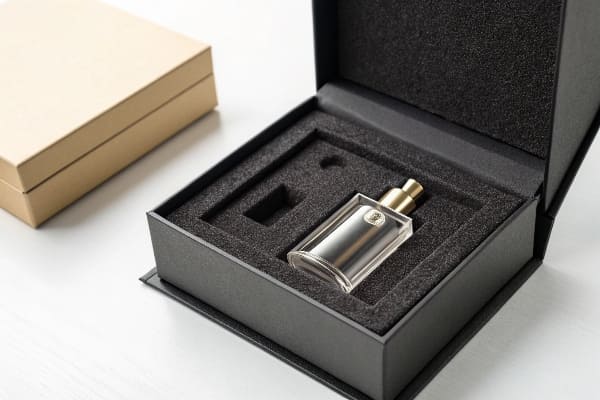
What a true protective insert does
I design the display outside and the insert inside. Both must agree. A real insert does three jobs. First, it fixes the product in a precise pocket, so it cannot slide. Second, it absorbs shock with the right density. Third, it guides the unboxing, so stores can set up fast. I use EVA or EPE foam for most sporting goods because the cells recover after hits. I use cross-linked PE when I need cleaner edges. For eco goals, I use molded pulp2 or corrugated cradle forms with die-cut locks. I test drop, vibration, and compression before I print the outer box. This saved one hunting scope launch. The scope glass chipped in early tests. I changed the pocket depth by 2 mm and added a bridge rib. Fail rate fell to zero. The word “insert” here is not a brochure. It is the engineered cushion3 that protects the asset.
| Insert Role | What It Controls | Typical Material | When I Choose It |
|---|---|---|---|
| Positioning | Movement in box | EVA/EPE, XPE | Precise pockets, repeatability |
| Cushioning | Shock and drop | EPE, PU, molded pulp | Lab drop tests, long transit |
| Surface Safety | Scratch points | Soft-touch EVA, felt lam | High-value finishes |
| Speed Setup | Store assembly | Corrugated cradle | PDQ and pallet displays |
Which is the limitation to package inserts?
I love inserts, but they add cost, space, and steps. When I ignore limits, the launch suffers. I state the trade-offs early.
Key limits are tooling cost, material sustainability, cube efficiency, assembly time, and certification needs; each limit pushes design choices and can raise MOQ, freight, or testing overhead.
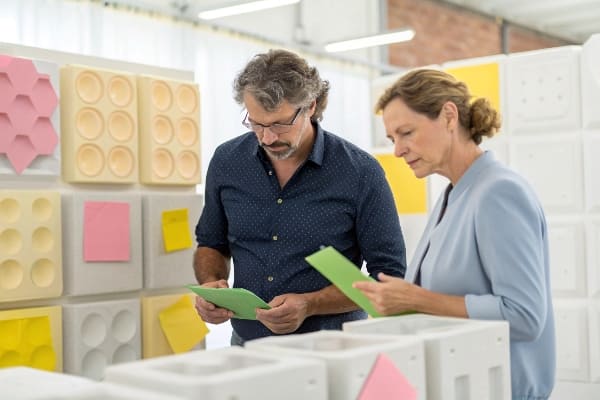
The five limits I manage on every project
I start with tooling. A steel rule die is cheap per unit at scale, but it still needs setup. Molded foam needs a mold and heat time. Second is sustainability. Some buyers want no plastic foam. Then I shift to molded pulp or corrugated. That may increase thickness. Third is cube. A thick insert grows box size, which grows freight. I run a cube analysis before I approve art files. Fourth is assembly. If the insert has many parts, a store team will mispack it. Returns rise. I reduce parts and use color cues. Fifth is compliance. For weapons accessories or sharp parts, I add covers and pass shipping rules. On one archery display, the original insert looked perfect. But it made the carton 20 mm taller. That crossed a carrier bracket and doubled cost. I trimmed the wall, changed the density, and kept the test pass.
| Limitation | Risk If Ignored | My Fix |
|---|---|---|
| Tooling & Setup | High unit cost, delays | Share dies, multi-up nesting |
| Sustainability Rules4 | Brand rejection | Pulp/corrugate alternatives |
| Cube & Weight | Freight spike | Thin wall + ribbed design |
| Assembly Complexity5 | Store errors | Fewer parts, clear labels |
| Compliance/Testing | Shipment hold | Early lab tests, tweaks |
How many types of inserts are there?
People ask for a count. I say types by material, by process, and by function. This keeps choices clear.
Common types include die-cut EVA/EPE foam, CNC-routed foam, molded foam (EPP/EPE/PU), molded pulp, corrugated cradles, paperboard sleeves, and hybrid sets that mix foam with cardboard for strength and cost control.
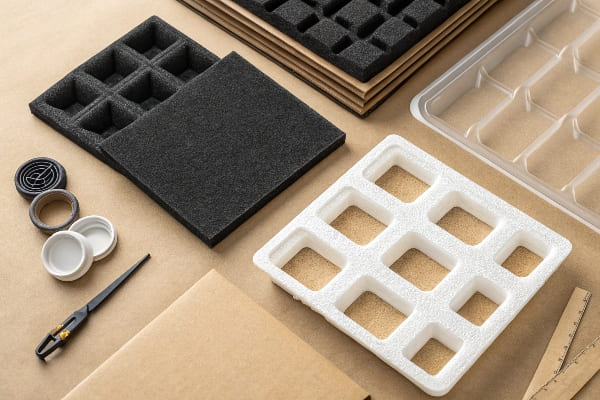
A practical map of insert types I use
I do not chase endless names. I map types to how I build them. Die-cut foam is my default for mid-volume, clean pockets, and steady lead time. CNC-routed foam6 is my fast pilot tool. I use it when a buyer wants 50–100 sets to hit a show date. Molded foam fits very large volumes or complex 3D shapes. It shines when I need rounded walls and consistent compression. Molded pulp7 is my go-to for eco programs, club stores, and “plastic-free” claims. Corrugated cradles pair well with our PDQ displays. They are strong in column load and ship flat. Paperboard sleeves and collars add scratch protection without bulk. For a Barnett crossbow kit, I built a hybrid: die-cut EPE pockets for limbs, plus a corrugated bridge under the rail. The kit survived pallet drops and kept costs down. This is how I choose: protect the part, ship well, set up fast, and meet the brand story.
| Type | Process | Best Volume | Strengths | Watchouts |
|---|---|---|---|---|
| Die-cut EVA/EPE | Steel rule die | 500–5,000 | Clean edges, fast | Tool changes |
| CNC-routed foam | Router/laser | 50–300 | No die needed | Slower cycle |
| Molded foam (EPP/EPE/PU) | Molded | 5,000+ | Complex shapes | Mold cost |
| Molded pulp | Wet press | 1,000–50,000 | Eco story | Moisture control |
| Corrugated cradle | Die-cut fold | 500–20,000 | Flat pack | Edge wear |
| Paperboard sleeve | Die-cut fold | 500–50,000 | Thin, cheap | Limited cushion |
| Hybrid foam + board | Mixed | 1,000–20,000 | Cost/strength mix | More SKUs |
Conclusion
Set MOQ by process and freight. Define “insert” as protection only. Respect limits. Pick the type that fits the product, the launch, and the budget.
Understanding MOQ is crucial for optimizing production and cost efficiency in wholesale operations. ↩
Discover the advantages of molded pulp packaging, especially for eco-friendly solutions in product protection. ↩
Explore this link to understand how engineered cushions enhance product protection and improve unboxing experiences. ↩
Explore this link to learn effective strategies for sustainable packaging that can enhance your brand’s reputation. ↩
Discover insights on minimizing assembly complexity to improve efficiency and reduce errors in your packaging process. ↩
Learn how CNC-routed foam can enhance packaging efficiency and reduce production time. ↩
Explore the advantages of molded pulp for eco-friendly packaging solutions and its impact on sustainability. ↩
